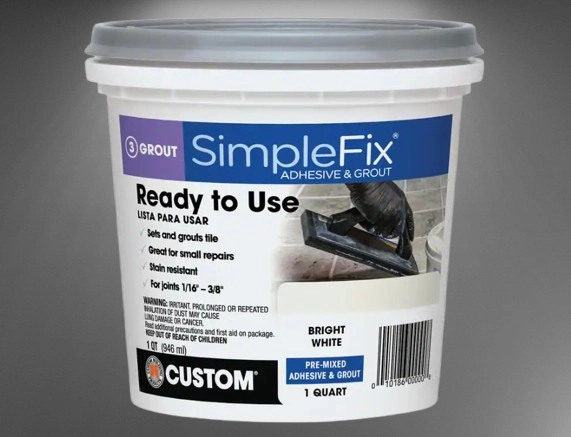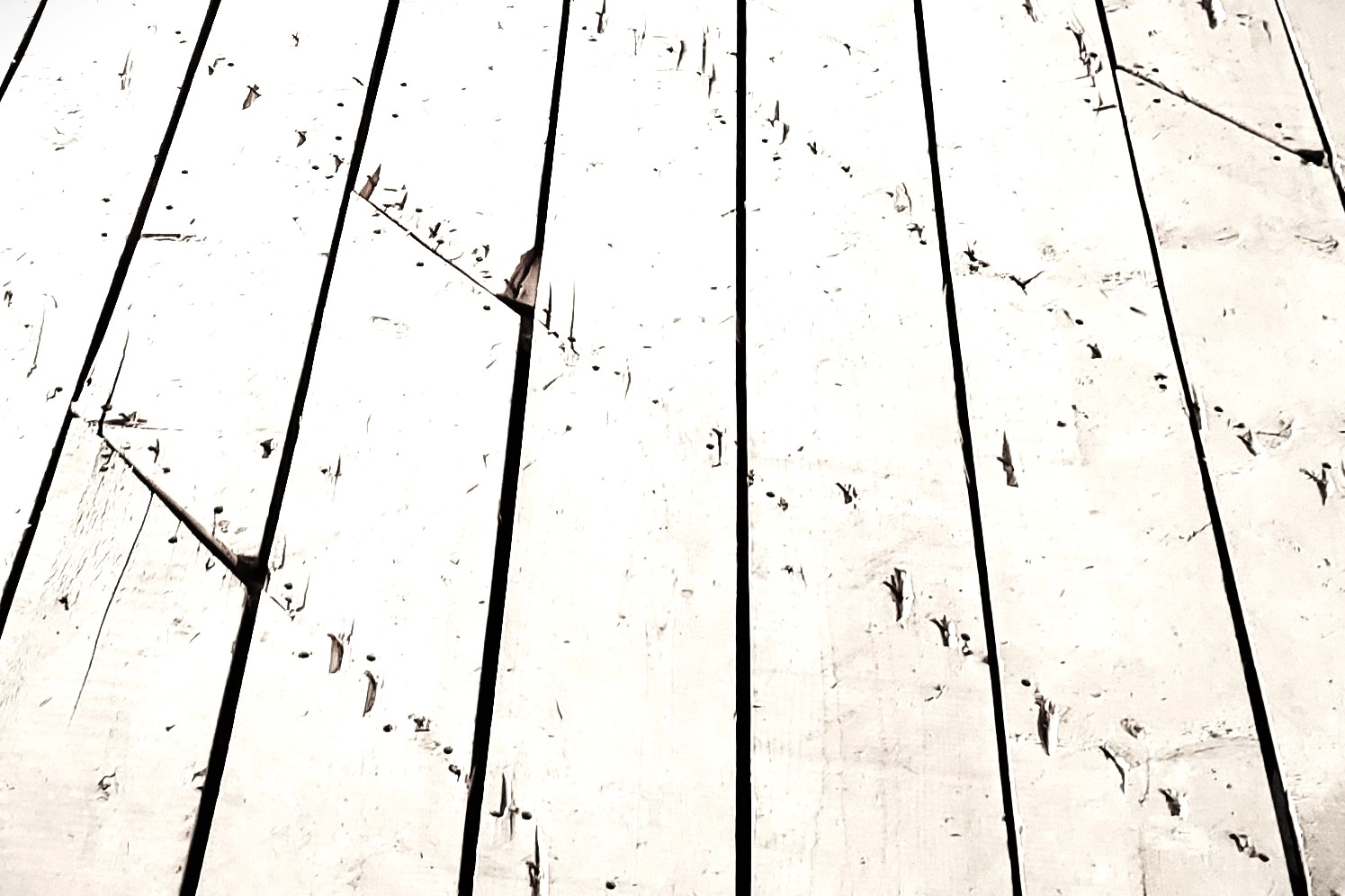Premixed Grout Issues

Grout is required for practically all tiling projects. In addition to filling in the gaps between tiles, grout improves the polish and guards against water damage to the tiles and surfaces underneath.
You’re going to be shocked if you believed that picking the right wall or floor tile was the only decision you needed to make.
Grout comes in a variety of forms, each with advantages and disadvantages. The premixed grout, one of the most widely used types, and the issues it is most prone to will be the subject of today’s discussion.
Let’s first clarify what premixed grout is.
As little as 1/16-inch joints can be filled with premixed grout, a ready-to-use grout.
Because of its ease of use, consistent color consistency, stain and chemical resistance, and most of all, the ability to use it straight from the container, premixed grout is a popular choice. Mixing it with water or any other liquid is not necessary.
Even while premixed grout seems fantastic based on the qualities listed above, it is far from ideal. The following is a list of potential issues with premixed grout.
Ten Typical Issues with Premixed Grout
- 1. It Costs a Lot to Use for Big Jobs
The cost of purchasing premixed grout in bulk is one of the issues that most people encounter, despite the fact that it has many amazing advantages.
For smaller tile installations, premixed grout is more economical. You will spend a lot more than purchasing dry grout and mixing it yourself, though, if you are working on a large area.
- 2. Unlike other grouts, it has a short shelf life.
Premixed grout has a shorter shelf life than dry grout—less than a year. You must use premixed grout right away if you purchase it in large quantities. If not, you will lose out because the ingredients will expire.
- 3. You are not allowed to experiment with the ingredients.
The fact that premixed grout can be utilized directly from the pail is one of its primary selling factors. However, it has a cost. You are unable to produce a unique hue or consistency because the materials are already premixed.
Because premixed grout doesn’t let you experiment with the ingredients and create your own grout, this could be an issue for skilled tilers.
- 4. Sanded Premixed Grout May Scratch Polished Tiles or Glass
The sanded kind of premixed grout might harm glass or polished tiles when it is being installed, which is another serious issue.
Therefore, it is preferable to use different forms of grout, particularly the unsanded ones, if you intend to install such tiles.
- 5. High Heat and Humidity Can Soften Certain Premixed Grouts
Heat and heavy humidity can cause some premixed grout varieties to soften. Due to their rapid wear and tear, such choices should never be utilized in steam showers.
If you have made the decision to utilize premixed grout, you must assess the space where it will be installed. By doing this, you can steer clear of durability issues.
- 6. Avoid Using Urethane Premixed Grouts Outside
The fact that premixed grout, particularly urethane, should not be used outside is another issue. This kind of grout has a tendency to become yellow when exposed to sunlight. That may seriously detract from your tiles’ aesthetic appeal.
- 7. It’s Not the Most User-Friendly Grout
Some people have complained that working with premixed sanded grout is difficult. Spreading is challenging because of the sand, and cleanup will need a lot of work.
- 8. The Look of Premixed Grout Is Unnatural
Despite the fact that aesthetics are subjective, I must point out that premixed grout may not be to everyone’s taste. They think it looks more manufactured. Therefore, cement grout is the best option if you want a more natural appearance.
- 9. It’s Very Hard to Clean Up
If you have experience installing tile, you are aware that a damp sponge is the most effective tool for cleaning grout. You might require a scrub pad, but only in extreme circumstances.
Certain premixed grout compositions are extremely difficult to clean up. A damp sponge won’t remove these premixed grouts. A wire brush and a good deal of elbow grease are needed for these.
- 10. Certain Colors of Premixed Grout Don’t Match
Not all premixed grouts are affected by this issue. Nonetheless, certain brands, including Menards, carry it. The color might not match if you installed a certain premixed grout and then purchased a second bucket to install later.
Watch out for some brands when purchasing premixed grout. You can determine the benefits and drawbacks of each kind of premixed grout by doing a little research.
How Do Individuals Feel About Premixed Grout?
After discussing some of the typical issues with premixed grout, we must investigate consumer perceptions of this product.
If you browse through several tile forums, you’ll see that most people don’t think much of premixed grout, particularly the sanded type.
This kind of grout has been the subject of multiple complaints. Some people say it’s challenging to work with. Some complain that the consistency is very thick.
You should be aware that premixed grout has a bad reputation if you were thinking about using it.
Does the Use of Premixed Grout Offer Any Benefits?
It would be unjust to focus solely on premixed grout issues while ignoring some of its benefits. Premixed differs from other solutions in a few specific aspects. As an example,
- No mixing or preparation is required for premixed grout. It is ready to use right out of the jar. This saves you a great deal of time and money in addition to being convenient. You don’t have to be concerned about getting the wrong ratio or consistency because it’s premixed.
- Urethane or latex can be found in certain premixed grouts. These two guarantee that your premixed grout sticks to tiles nicely and doesn’t require sealing.
- The uniform hue of each bucket of premixed grout is an additional benefit. As a result, you can be sure that the grout finish will be consistent throughout your project.
- Premixed grouts are very long-lasting when applied properly. This is because they stick to the tiles and substrates underneath well and absorb very little water.
Which Substitutes for Premixed Grout Are Better?
It should come as no surprise that you would be considering other options after reading about some of the typical premixed grout issues.
The good news is that a variety of grout types can outperform premixed grouts. Among the examples are
- Cement-based grout: Only available in an un-sanded form, this grout is less expensive than premixed. As a result, you can use it without being concerned about harming your glass tiles. Applying cement grout is also very simple.
- Two-part epoxy grout: As the name implies, this type of grout is made of two resins that work together to form a strong bond that is resistant to chemicals, water, and stains. This is the ideal kind of grout to use in steam showers in place of premixed grout.

